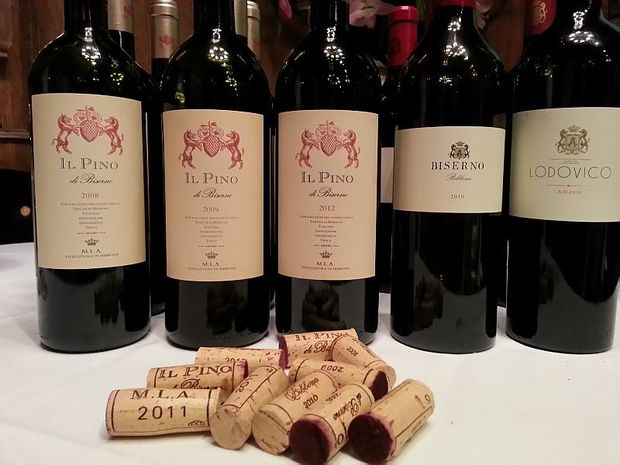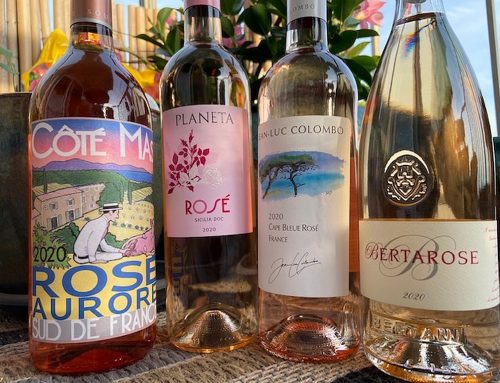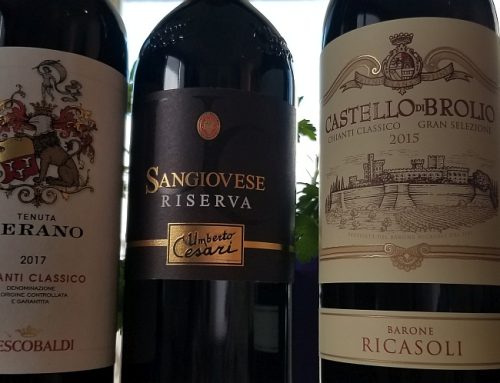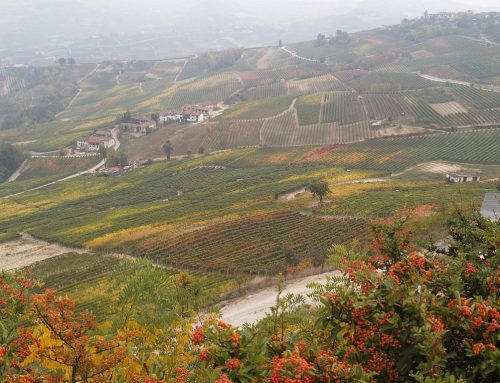I want to yell, “Mom, the Antinoris are doing it again.”
For more than 600 years, the Antinoris have made Chianti and Chianti Classico wines; then, 40 years ago, Bordeaux entered the family’s blood stream, and Tuscany has never been the same.
Brothers Marchesi Lodovico and Piero Antinori witnessed their cousin produce Sassicaia, a Bordeaux-styled wine, from cabernet sauvignon planted at his estate in Bolgheri, a remote area along the Tuscan coast. From Sassicaia’s inception in 1948, it was served only to family and friends; but with the first commercial release in 1968, Sassicaia became renowned, and one of Italy’s most expensive wines.
Without doubt, Sassicaia influenced Piero Antinori, who, in the mid-1970s, blended sangiovese- the primary grape of Chianti Classico- with cabernet sauvignon and cabernet franc, creating Tignanello and Solaia. Both were acclaimed by the wine world, and wine writers created a new name to explain them: super Tuscan.
In 1981, Lodovico Antinori joined the Antinori-Bordeaux wine axis with his new Bolgheri estate, Ornellaia. Using a recipe of Bordeaux’s cabernet sauvignon, cabernet franc, merlot and petit verdot, Ornellaia became a top Italian red wine. Then, from a single parcel of merlot, Lodovico created Masseto, which commanded a stratospheric price and surpassed his brother’s Tignanello and Solaia in the cloistered world of wine collectors.
Now, Lodovico and Piero have established Tenuta di Biserno, an estate planted with Ornellaia’s Bordeaux varietal profile in Bibbona, a Tuscan village that borders Bolgheri. As Yogi Berra would say, “it’s déjà vu all over again.”
Recently, Lodovico was in Manhattan presenting Biserno’s wines. We began with the 2008, 2009 and 2012 Il Pino di Biserno, the second wine of the estate, and made from grapes of young vines. The Il Pinos blended the four Bordeaux grapes, but in significantly different proportions. With bottle age, the 2008 and 2009 delivered mellow aromas and flavors of black fruit, black olive, Darjeeling tea and toasted oak; their medium body and integrated tannins provided a refined texture.
The 2012 Il Pino di Biserno is more rambunctious. It’s bursting with vanilla, black tea and black fruit scents, and releasing youthful black fruit flavors on noticeable tannins that need a few years of aging to develop the elegance of the older siblings. The Il Pino di Bisernos retail for approximately $70.
The 2010 Biserno is the equivalent of Bordeaux’s chateau-labeled wine. It, too, blends all four grapes. From my glass, a hint of mint was encased in the blackberry and vanilla aroma; its full body supports very flavorful black fruit with round tannins, yielding a velvety texture. Expect to pay about $170 for the 2010 Biserno.
The 2011 Lodovico follows the Masseto model: It’s made from grapes of a single parcel- in this case, cabernet franc- christened Vigna Lodovico. The wine is composed of 90 percent cabernet franc and 10 percent petit verdot.
In the tasting, the 2011 Lodovico had the darkest color and biggest body sculptured with appealing blackberry, fennel, black tea and new oak vanilla scents and flavors. Solid tannins and minerality support this concentrated wine; give it another year or two of cellaring for refinement. The 2011 Lodovico retails for about $300.











Leave A Comment